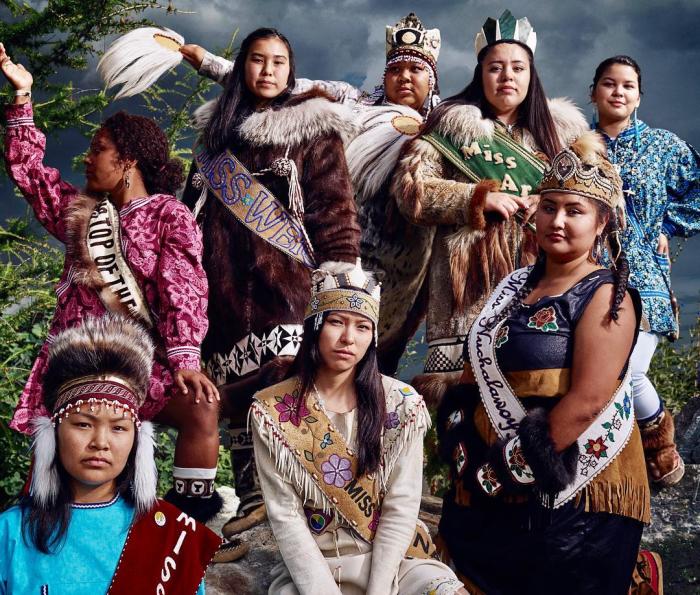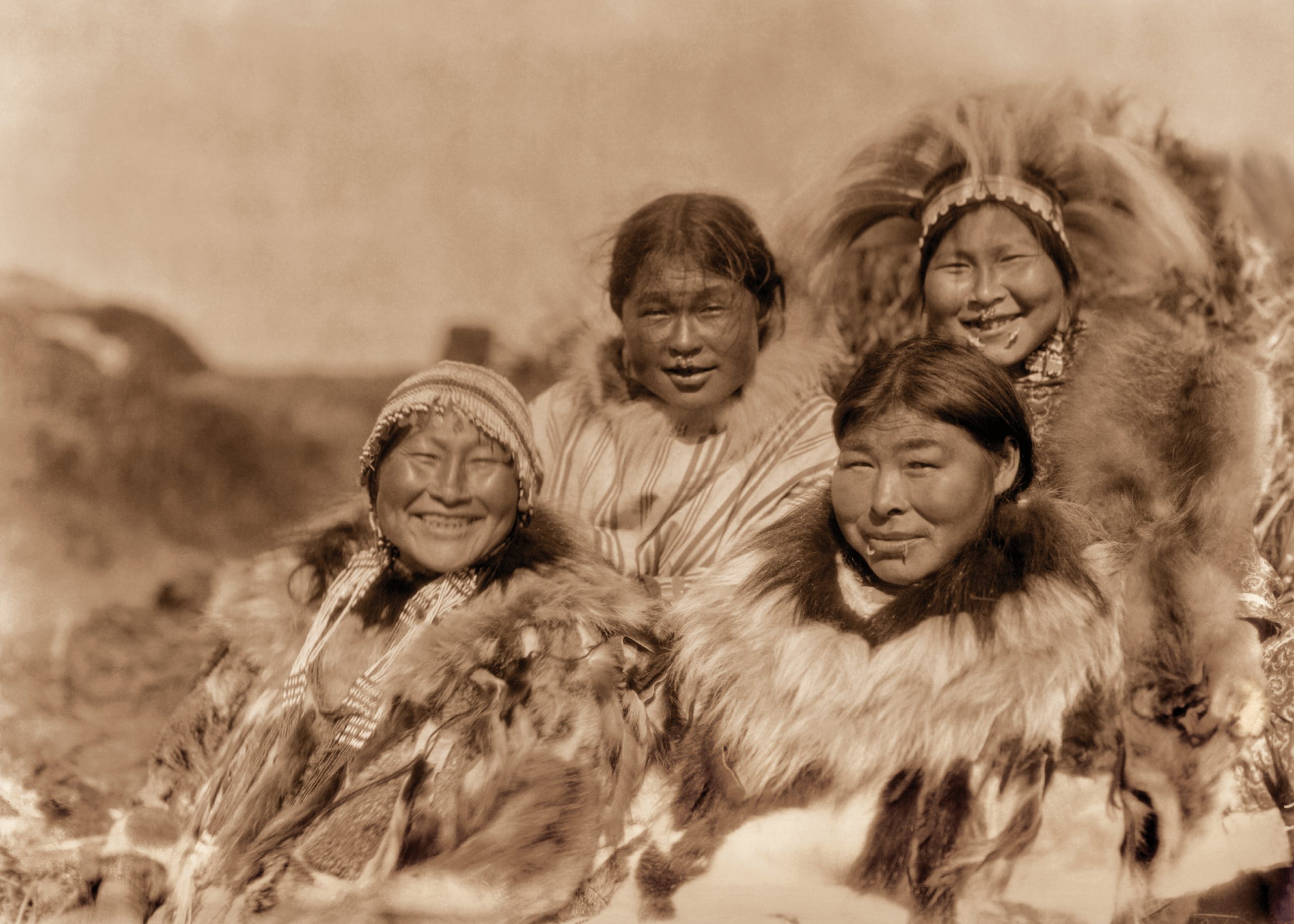Alaska’s Indigenous Tapestry: A Journey Through Diverse Tribes and Cultures
Alaska’s Indigenous Tapestry: A Journey Through Diverse Tribes and Cultures

Alaska, the vast and breathtaking "Last Frontier," is not just a land of glaciers, mountains, and wildlife. It is also home to a rich and vibrant tapestry of Indigenous cultures, each with its own unique history, traditions, and language. For millennia, these tribes have thrived in Alaska’s diverse landscapes, adapting to its challenges and shaping its identity.
This article delves into the fascinating world of Alaska’s Native American tribes, exploring their diverse cultural practices, historical struggles, and present-day resilience.
Related Articles: Alaska’s Indigenous Tapestry: A Journey Through Diverse Tribes and Cultures
- Plymouth Day of Mourning: Honoring the Past, Inspiring a Better Future
- Discover Uganda’s Wealthiest Tribes & their Prosperity
- Unearthing the Deep Roots: An Ancient Bond Between Stouffville and the Anishaabe People
- Unleash Your Inner Grace with the Alluring Art of Feather Dance
- Unveiling the Blackfoot Nomad Hunter-Gatherer Culture: Meet Crowfoot
A Mosaic of Cultures:
Alaska is home to 229 federally recognized tribes, representing 11 distinct language families. These tribes are not a monolithic entity but rather a diverse mosaic of cultures, each with its own unique story.
The Inupiat:
Living in the Arctic region of northern Alaska, the Inupiat people have adapted to the harsh conditions of the tundra and the icy waters of the Arctic Ocean. Their subsistence lifestyle revolves around hunting, fishing, and gathering, with a deep respect for the environment. Their traditional clothing, crafted from animal skins and furs, provides warmth and protection.
The Yup’ik:
Along the western and southwestern coasts of Alaska, the Yup’ik people are known for their vibrant culture, rich in storytelling, dance, and music. Their subsistence lifestyle is intertwined with the sea, with hunting, fishing, and gathering playing a central role in their lives. The Yup’ik language, with its rich vocabulary and complex grammar, is a testament to their deep connection to their environment.
The Athabaskan:
The Athabaskan language family is the most widespread in Alaska, encompassing numerous tribes across the interior and south-central regions. The Athabaskan people are known for their skilled hunters and trappers, with a strong connection to the land and its resources. Their traditional art forms, including beadwork, basketry, and carving, are highly valued.

The Tlingit:
The Tlingit people inhabit the southeastern panhandle of Alaska, known for its towering mountains and lush forests. Their culture is rich in mythology, with complex social structures and intricate art forms. The Tlingit are renowned for their totem poles, which serve as powerful symbols of their history and lineage.
The Haida:
Sharing a cultural heritage with the Tlingit, the Haida people reside in southeastern Alaska and British Columbia. Their art is characterized by its bold and abstract designs, often featuring animals and mythical creatures. The Haida are known for their skilled woodcarvers, who create intricate masks, canoes, and other ceremonial objects.
The Eyak:

The Eyak people, once inhabiting the Copper River Delta, are sadly facing cultural extinction. Their language, once spoken by thousands, is now spoken by only one person, a testament to the challenges faced by many Indigenous cultures.
The Unangan:
The Unangan people, also known as the Aleut, are the original inhabitants of the Aleutian Islands. Their culture is deeply intertwined with the sea, with a rich tradition of maritime navigation and hunting. The Unangan language is unique and complex, reflecting their adaptation to the challenging environment of the Aleutian Islands.
Historical Struggles and Resilience:
Alaska’s Indigenous tribes have endured a long and complex history, marked by both resilience and hardship. The arrival of European colonists in the 18th century brought significant changes, including disease, displacement, and forced assimilation.

The Alaska Purchase of 1867 by the United States led to further challenges, as the federal government sought to exert control over the land and resources. The establishment of boarding schools, designed to assimilate Indigenous children into American culture, further eroded traditional ways of life.
Despite these challenges, Alaska’s Indigenous tribes have shown remarkable resilience. They have fought for their rights, preserved their cultural traditions, and continue to play a vital role in the state’s economy and society.
Modern Day Challenges and Triumphs:
Today, Alaska’s Indigenous tribes continue to face challenges, including poverty, unemployment, and the impacts of climate change. However, they are also experiencing a resurgence of cultural pride and activism.
The Alaska Native Claims Settlement Act of 1971, which granted land and resources to Alaska Native corporations, has helped to empower Indigenous communities. The increasing recognition of Indigenous rights and the growing demand for cultural tourism are also contributing to a brighter future for Alaska’s Indigenous tribes.
Preservation and Revitalization:
The preservation and revitalization of Indigenous languages and traditions are crucial for the future of Alaska’s Indigenous communities. Language immersion programs, cultural festivals, and traditional arts education are helping to ensure that these valuable cultural treasures are passed down to future generations.
Tourism and Economic Development:
Indigenous tourism is a growing sector in Alaska, offering visitors the opportunity to experience firsthand the rich culture and traditions of Alaska’s Indigenous people. This tourism sector provides economic opportunities for Indigenous communities while also promoting cultural awareness and understanding.
Conclusion:
Alaska’s Indigenous tribes are a vital part of the state’s history, culture, and identity. Their resilience, adaptability, and rich traditions inspire us all. As we learn more about their unique cultures and struggles, we can work together to support their efforts to preserve their heritage and thrive in the 21st century.
FAQ about Native American Tribes in Alaska
1. How many Native American tribes are there in Alaska?
There are 229 federally recognized tribes in Alaska, representing 11 distinct language families.
2. What are the major language families in Alaska?
The major language families in Alaska include Inupiaq, Yup’ik, Athabaskan, Tlingit, Haida, Eyak, and Unangan.
3. What are some of the traditional subsistence practices of Alaska Native tribes?
Traditional subsistence practices include hunting, fishing, gathering, and trapping. These practices are deeply intertwined with the environment and are essential for cultural survival.
4. What are some of the challenges faced by Alaska Native tribes today?
Alaska Native tribes face challenges such as poverty, unemployment, the impacts of climate change, and the loss of traditional knowledge.
5. How are Alaska Native tribes working to preserve their cultures?
Alaska Native tribes are working to preserve their cultures through language immersion programs, cultural festivals, traditional arts education, and community-based initiatives.
6. What is the Alaska Native Claims Settlement Act (ANCSA)?
ANCSA is a landmark piece of legislation that granted land and resources to Alaska Native corporations. It has helped to empower Indigenous communities and provide them with a greater degree of self-determination.
7. What is the role of tourism in Alaska Native communities?
Indigenous tourism is a growing sector in Alaska, offering visitors the opportunity to experience firsthand the rich culture and traditions of Alaska’s Indigenous people. It provides economic opportunities for Indigenous communities while also promoting cultural awareness and understanding.
8. How can I learn more about Alaska Native tribes?
You can learn more about Alaska Native tribes by visiting museums, attending cultural events, reading books and articles, and supporting Indigenous-owned businesses. You can also connect with Alaska Native organizations and communities to learn more about their history, traditions, and current issues.

Closure
Thus, we hope this article has provided valuable insights into Alaska’s Indigenous Tapestry: A Journey Through Diverse Tribes and Cultures. We appreciate your attention to our article. See you in our next article!